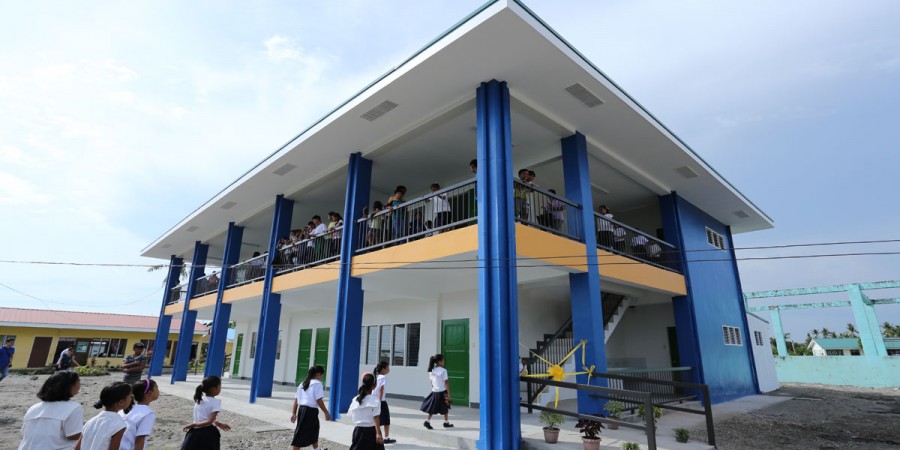The private sector is rapidly emerging as a key player in disaster response and recovery particularly in developing countries. After super-typhoon Haiyan devastated much of central Philippines in 2013, the Philippine Disaster Recovery Foundation (PDRF), made up of large companies and prominent business leaders, worked with the government and was a focal point for driving private sector participation in the relief and rehabilitation effort. Some 1,289 private firms and NGOs implemented projects worth over $610 million. They rebuilt classrooms, houses, hospitals, health centers, provided boats for fishermen and helped revive small businesses that had been destroyed by the typhoon. When the Department of Education needed an emergency feeding program, it turned to PDRF which supplied food for 27,000 schoolchildren from 607 schools for one month. When the Department of Trade and Industry asked PDRF to initiate a pilot program aimed at jumpstarting small businesses that had been wiped out by Haiyan, PDRF responded by providing equipment for entrepreneurs engaged in dressmaking, food vending and sidewalk eateries to help them get back on their feet. After an earlier typhoon, one of PDRF’s telecom members used its core expertise to install fiber optic lines enabling the government weather bureau to communicate directly with the Office of Civil Defense just a few kilometers away.
Today, PDRF is moving toward strengthening resiliency and managing risk of companies and communities. PDRF is building the world’s first privately-run and -funded Disaster Operations Center outside of Manila. The Center is designed to coordinate efforts of the private sector in future calamities, put together a directory of assets such as bulldozers, ships and aircraft and offer training courses in understanding tropical weather patterns and in business continuity for small and medium-sized firms, those most vulnerable during a crisis. It will be a 24/7 operation that monitors crisis situations as they emerge. The real power of the private sector however is in reviving the economy and providing jobs. That can be accomplished through the establishment of Economic Free Trade Zones in disaster areas. These zones can offer tax incentives to put up a company and employ people. These employees will need hotels to stay in and restaurants in which to eat, thereby triggering economic activity in areas that most need it.
The time has come to build a network of private sector organizations in different countries around the world that can come together to build resilience, provide assistance and spur economic revival as part of disaster management. We need to link humanitarian help and development to ensure that devastated areas truly recover and are not left destitute and desolate after international aid agencies pull out. Humanitarian aid without development is not good enough. Disasters are becoming more complex with long-lasting effects on a population and one indispensable actor to restore a region to normalcy is the private sector.


Comments